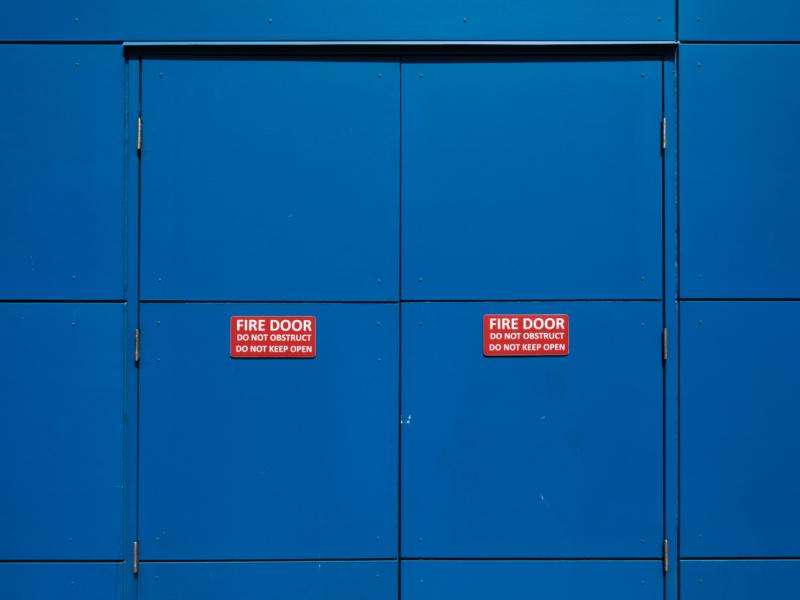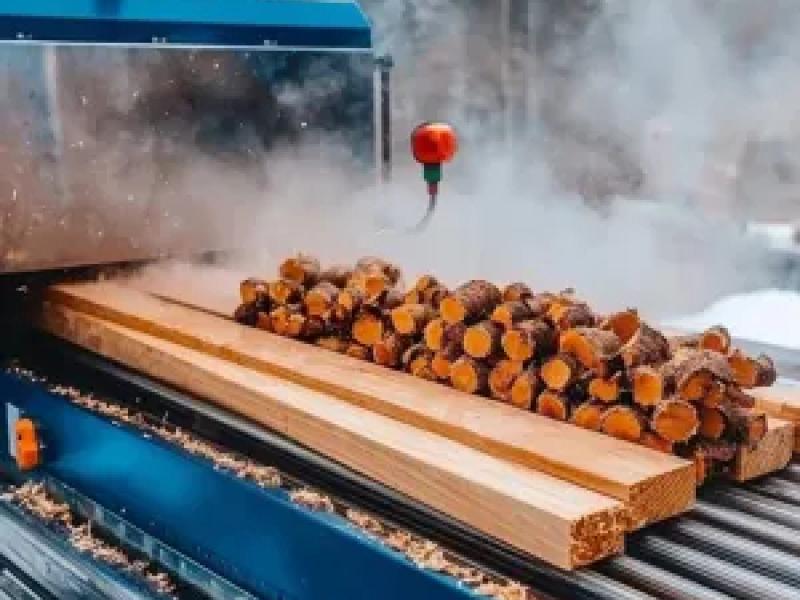There has been a growing volume of discussion about the health impacts of burnout on workers.
Longer hours, expectations to do more and an ongoing feeling of uncertainty due to Covid-19 fatigue continues to take its toll. For many it can seem like a never-ending treadmill that is almost impossible to escape.
Two years ago the World Health Organisation (WHO) took the significant step of adding burnout to its International Classification of Diseases – it’s defined as a syndrome resulting from unmanaged chronic workplace stress.
Other research from WHO and the International Labour Organisation links long working hours to health impacts, concluding that 55-hour work weeks increase the chance of stroke by 35 percent and dying from heart disease by 17 percent, compared to working 35-40 hours. The study was based on pre-Covid data so it’s possible the statistics are now higher.
Closer to home, an AUT study by Professor Jarrod Haar found workers under the age of 30 years old are 206 percent more likely to be burned out and young people can be affected just as much as managers.
Productivity, or actually the lack thereof, is also a drum that continues to be beaten in New Zealand – leading companies are on average less than half as productive as top companies in other small advanced economies, says the Productivity Commission. And clearly adding hours does not make us more productive, however does increase workplace stress, and subsequently worker burnout.
In the workplace, the pressure of catching up after 2020 and coming to terms with a new abnormal brings more burden and can affect performance and productivity, when exactly the opposite is required – for many it is becoming a vicious circle.
The challenge is that while we acknowledge burnout is prevalent, very few see it as a workplace risk that needs to be proactively raised and managed, when the opposite is needed.
Burnout should be managed collectively; we should all be comfortable raising our hand and not having to deal with it alone. There are many ways to reduce it, but recognising it as a wider issue and then managing it with fairness, understanding and support is vital.
Over the last year we’ve all seen this approach in action. We have been fortunate to have very clear, concise and direct messaging in response to Covid-19 – Be Kind, Stay Home, Save Lives. This became the foundation for a new language of care that has touched every workplace and home.
It’s been a good start but there’s also a need to move a step further towards a duty of care for each and everyone around us. This involves checking in and looking after one another, being honest and open, and not only talking about everyday happenings but being able to express thoughts and feelings without judgement.
The issue of burnout is ubiquitous and the problem insidious. It has crept up on us as we’ve taken on greater loads while trying our best to make things work during an uncertain time.
We can limit its impact, despite the softer discussion of how we are feeling or coping, perhaps being alien or even uncomfortable. We all know Covid’s been stressful but we can put misgivings aside and encourage each other to talk more openly. Whatever our role at work, we all have a part to play. Now is the time to have conversations fairly and truthfully so we can start to address burnout together.
By Robyn Bennett MPhil (OSH) president of the New Zealand Institute of Safety Management (NZISM)






